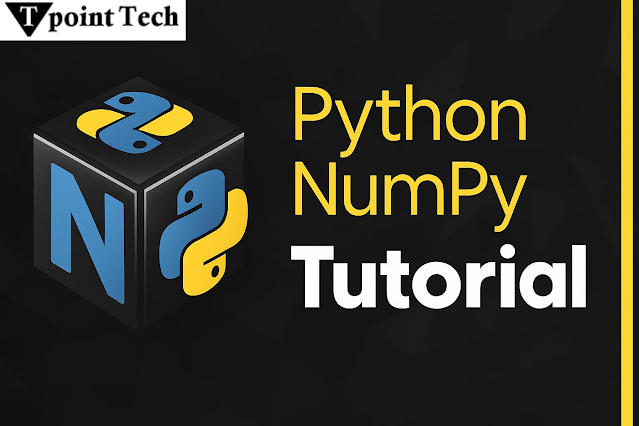Flutter Language Overview: Why It’s Popular for App Development
In today’s digital-first world, mobile applications are essential tools for communication, business, entertainment, and productivity. As the demand for mobile apps continues to grow, so does the need for efficient and flexible development tools. One such solution that has gained tremendous popularity is the Flutter language—a powerful toolkit used to create beautiful, natively compiled applications for multiple platforms from a single codebase.
In this article, we’ll provide an overview of what Flutter is, how it works, and why it has become one of the most popular choices for developers and businesses around the globe.
What is Flutter Language?
The Flutter language isn’t technically a standalone language; rather, it’s a framework built around the Dart programming language. Flutter enables developers to create high-quality mobile apps that run on both Android and iOS using a single codebase. It also supports web and desktop app development, making it a true cross-platform solution.
Flutter stands out because of its ability to deliver fast performance, smooth animations, and visually appealing user interfaces, all while saving time and resources. Its architecture is designed to eliminate the traditional limitations of cross-platform tools, offering a near-native experience to users.
Why Developers Love Flutter
Flutter has quickly become a favorite among mobile developers for several compelling reasons:
1. Single Codebase, Multiple Platforms
One of the key reasons behind Flutter’s popularity is its ability to write code once and run it across different platforms. Instead of maintaining separate code for Android and iOS, developers can use the same logic and layout, saving time, effort, and cost.
2. Fast Development Cycle
Flutter offers a feature called "hot reload," which allows developers to see changes in real time without restarting the entire app. This greatly speeds up the development process and makes testing more efficient.
3. Beautiful and Customizable UI
Flutter comes with a wide variety of pre-designed widgets that follow platform-specific design guidelines. Developers can easily create stunning, responsive, and customizable user interfaces without needing to rely on third-party tools.
4. High Performance
Flutter apps are compiled directly to machine code, which significantly improves performance compared to other cross-platform frameworks. The apps feel smooth and responsive, with quick load times and minimal lag.
5. Strong Community and Ecosystem
The Flutter community is growing rapidly, providing ample learning resources, plugins, packages, and support. Whether you’re a beginner or an experienced developer, you’ll find tools and help to accelerate your journey.
Flutter for Beginners: Where to Start
For those new to app development, Flutter provides a friendly and welcoming entry point. If you're looking for a flutter tutorial for beginners, you’ll be glad to know that the learning curve is relatively smooth.
Flutter encourages hands-on learning. Beginners can start by exploring basic UI elements, understanding widgets, and gradually working up to navigation, state management, and API integrations. Since Flutter uses the Dart language, newcomers often find the syntax readable and easy to grasp, especially if they have experience with other object-oriented languages.
Key areas to focus on in your early learning journey include:
-
Understanding the widget tree and layout system
-
Learning how state management works
-
Working with navigation and routing
-
Incorporating user interaction and animations
By taking small steps and building simple apps, beginners can build a solid foundation and grow their confidence over time.
Real-World Use Cases of Flutter Language
The flutter language is not just for simple apps or hobby projects—it’s being used in real-world, high-performance applications across various industries. Here are a few scenarios where Flutter shines:
-
Startups: Flutter is perfect for startups that need to launch on both Android and iOS quickly without doubling development time.
-
E-commerce: Flutter’s smooth user experience and beautiful UI options make it ideal for shopping and catalog apps.
-
Finance and Banking: Security, performance, and rich features make Flutter suitable for apps requiring secure transactions.
-
Education: Flutter is often used in educational tools and learning platforms due to its ease of customization and interactive features.
Because of its adaptability and performance, Flutter has earned a reputation as a reliable tool for professional-grade mobile development.
Future of Flutter Language
The future of the Flutter language looks extremely promising. With ongoing enhancements, better integration for desktop and web platforms, and growing support in the developer community, Flutter is evolving into a complete solution for cross-platform app development.
More organizations are adopting Flutter as their go-to toolkit for both mobile and beyond. Its growing ecosystem, toolsets, and wide developer support ensure that it will continue to be a relevant and competitive choice in the years ahead.
Final Thoughts
In summary, the Flutter language offers a powerful combination of flexibility, speed, and beauty that makes it a top choice for building cross-platform applications. Whether you are a solo developer working on a passion project or a business looking to streamline app development, Flutter provides the tools you need to succeed.
If you're new to development and looking for a flutter tutorial for beginners, now is the perfect time to start. With a supportive community, an intuitive development experience, and the ability to build for multiple platforms, Flutter opens the door to endless possibilities in modern app creation.
By learning Flutter, you're not just gaining a new skill—you're stepping into the future of mobile development.




Comments
Post a Comment